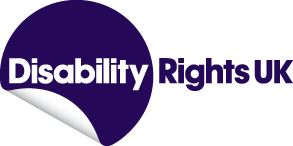Electoral Commission data reveals impacts of Voter ID on Disabled people
The data shows that those who had no such ID had less awareness of the need for it – a full 20% less people within this group were aware of the need for ID compared with those who did have ID.
Take up of Voter Authority Certificates was low – around 90,000 people applied, and around 25,000 used the Certificate as a form of ID to vote.
Around 14,000 people were turned away at the Spring elections because they lacked ID.
DR UK’s Anna Morell said: “As percentages, these figures appear to be low in terms of the population. But as a democracy, it is a fundamental right that all people of voting age, with the right residential or citizen status, and not subject to legal incapacity, can vote. It is significant that the majority of those who did not or could not vote due to barriers to obtaining voter ID were Disabled people.
“If people don’t have any of the accepted forms of photo ID, then it is extremely likely that they experience real and significant barriers in applying for ID. To require this group of people to apply for a Voter Authority Certificate makes absolutely no sense, hence the relatively small application rate.
“For those who struggled to obtain ID, a fundamental right afforded to all other eligible citizens was effectively removed from them. It is imperative that the Electoral Commission uses robust methodology to look at the impacts of the use of Voter ID on minority groups, takes action to ensure that Disabled people are not adversely affected in future elections and reverses the legal requirement for ID.”
